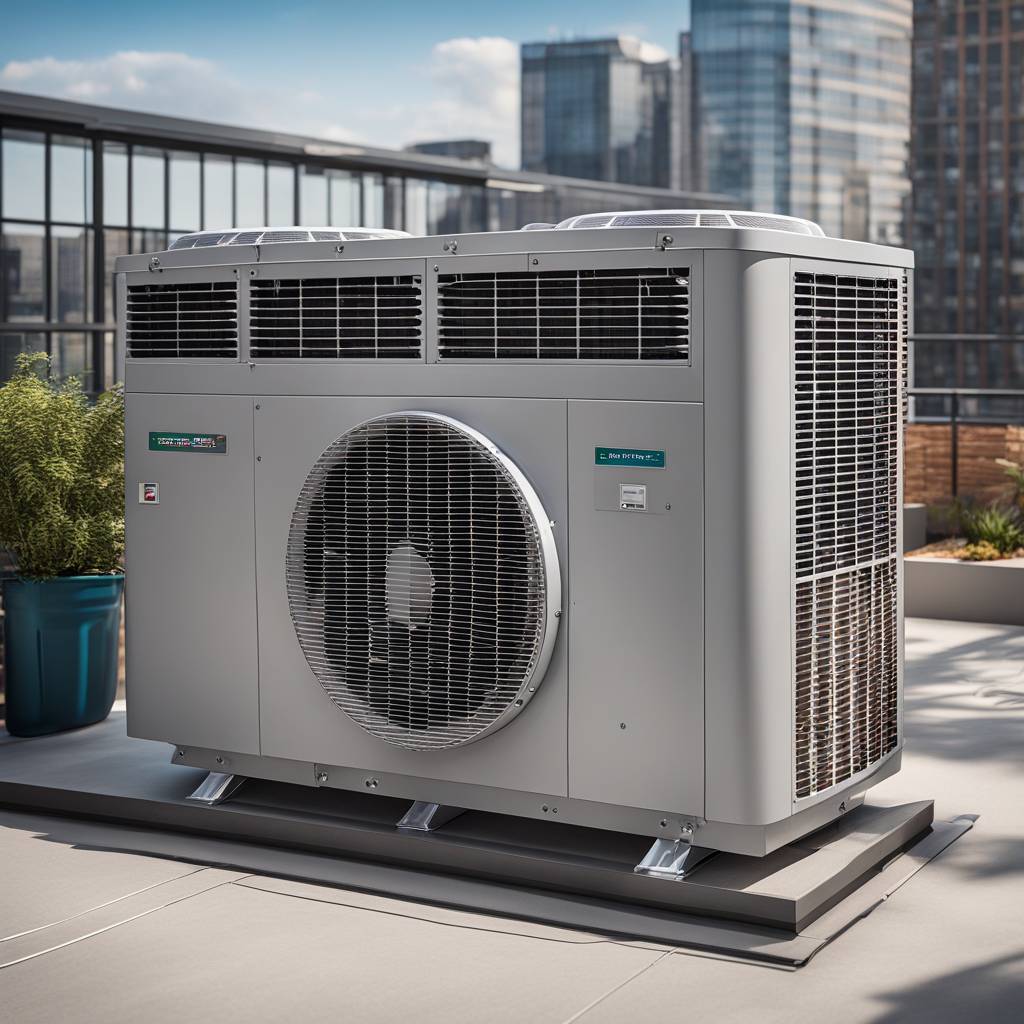The commercial sector is a significant consumer of energy, accounting for 18% of total energy consumption in the US in 2022. Space heating is the largest energy use for commercial buildings, making up 32% of the energy consumed. To make heating more energy efficient and reduce fossil fuel emissions, the Department of Energy has announced a new Commercial Building Heat Pump Accelerator program. This initiative challenges manufacturers to develop rooftop heat pumps that can replace less efficient heating and cooling technologies currently in use in commercial buildings. By promoting the use of heat pumps, the program aims to reduce reliance on fossil fuels like gas and oil.
Heat pumps play a crucial role in saving energy and money in both residential and commercial buildings. They can operate as both a furnace and an air conditioner, saving consumers money depending on their electricity and heating fuel costs. Heat pumps function by cycling a refrigerant between the inside and outside of a building, transferring heat to warm up the interior or cool it down. Because they run on electricity, heat pumps can reduce fossil fuel emissions, especially when powered by clean energy sources like renewables or solar panels. Their efficiency also leads to overall energy savings compared to traditional heating technologies.
The potential savings from switching to more efficient heat pump technology are significant. According to the Department of Energy, the adoption of improved heat pumps could cut fossil fuel emissions in half and save American businesses $5 billion annually on utility bills. For individual businesses, the savings from using heat pumps can be substantial due to the high energy costs associated with commercial buildings. Studies have shown that transitioning to air-source heat pumps could reduce home energy consumption by 31% to 47% on average, leading to substantial cost savings and emissions reductions.
The DOE’s Commercial Building Heat Pump Accelerator program builds on previous efforts to bring clean technologies to market and reduce carbon emissions across the economy. By encouraging the development and adoption of more efficient heat pumps in commercial buildings, the program aims to support the transition to cleaner energy sources and reduce the environmental impact of heating and cooling systems. The initiative aligns with broader efforts to improve energy efficiency in buildings and promote sustainable practices in the commercial sector.
In addition to their energy-saving benefits, heat pumps offer a simple and versatile technology for heating and cooling buildings. They can perform the functions of both a furnace and an air conditioner, providing year-round comfort while reducing energy consumption. The technology behind heat pumps involves transferring heat from one location to another, using either the outside air or the earth’s heat to regulate indoor temperatures. Their efficiency and ability to operate on clean energy sources make heat pumps a valuable tool for reducing carbon emissions and lowering energy costs in both residential and commercial settings.
As heat pump technology continues to evolve and improve, it presents an opportunity for businesses and consumers to reduce their environmental footprint and save money on energy bills. By investing in more efficient heating and cooling systems, building owners can lower their energy consumption, decrease reliance on fossil fuels, and contribute to a cleaner, more sustainable future. The DOE’s Commercial Building Heat Pump Accelerator program underscores the importance of innovation and collaboration in driving the adoption of clean technologies and advancing towards a greener economy.


